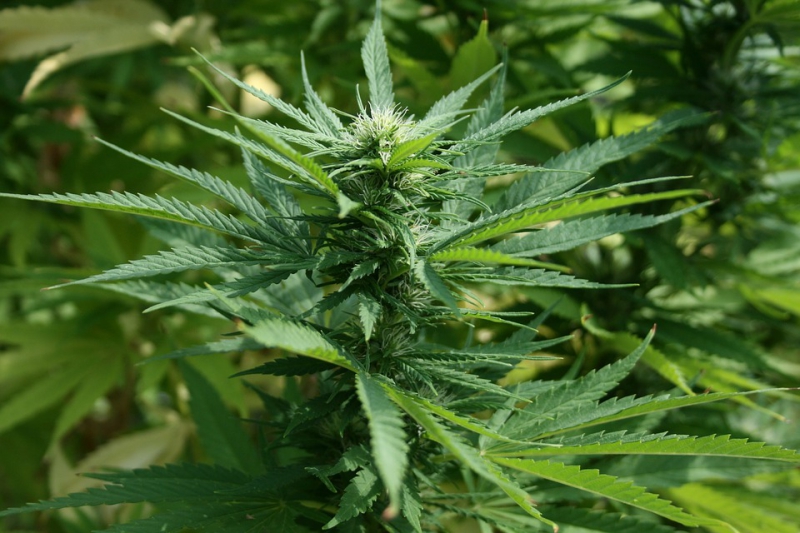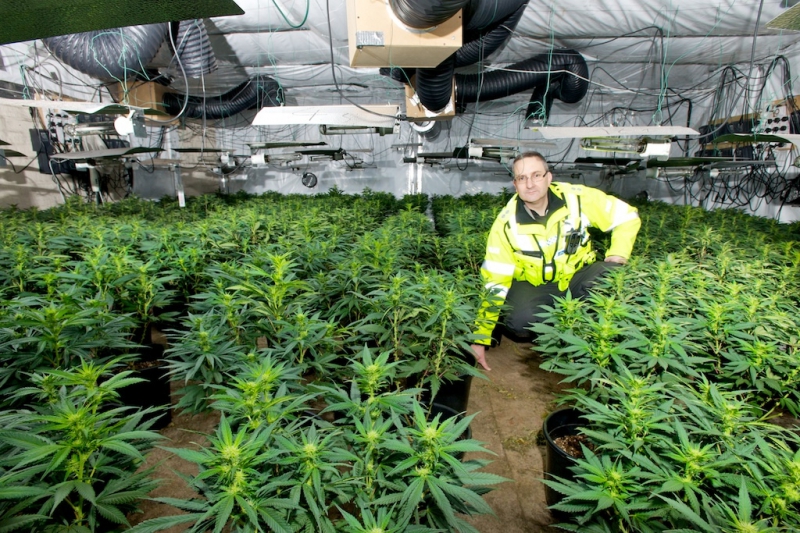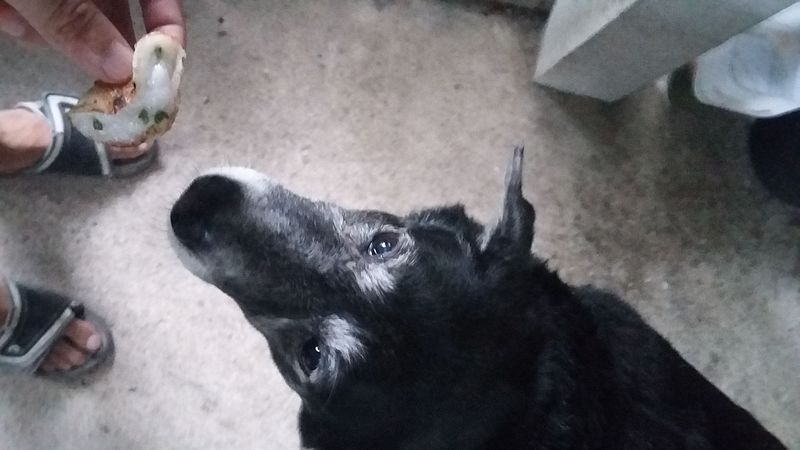 |
| ▲ As marijuana is legalized, there is a risk that pets will become addicted to marijuana (photo = Max Pixel) |
When marijuana is legalized, it is possible that a pet may accidentally consume it.
What is marijuana?
For centuries, traditional cannabis plants have provided mental active resins that affect the brains of humans and their quadruped pets. According to the US Veterinary Center website, the term 'marijuana' refers to products such as cigarettes made from dried cannabis leaves. This cannabis leaf contains over 400 chemicals, of which tetrahydrocannabinol (THC) has the strongest impact on mental function.
THC causes the release of neurotransmitters acetylcholine, dopamine, norepinephrine, and serotonin in the frontal cortex and cerebellum of the brain. This increased release of neurotransmitters can cause a variety of clinical problems.
Marijuana is not new, but it is still the most popular illegal drug in the United States and is widespread throughout the world. With the legalization and decriminalization of marijuana, and the availability of synthetic versions, marijuana poisoning in pets is on the rise.
 |
| Marijuana is a term used for dry leaves of plant cannabis (Source = Flickr) |
How is your pet addicted to marijuana?
Dogs and cats are addicted to marijuana as they inhale smoke, eat marijuana foods, and eat hidden marijuana. Most pet caregivers keep marijuana products safely, but curious animals tend to get rid of these precautions. If a pet finds a marijuana bag in a coffee table or kitchen, the problem may have already occurred.
In addition, some irresponsible caregivers put small amounts of marijuana as snacks or deliberately exposed to secondhand smoke, endangering pets.
As stated on the Web site of the West Rock Veterinary Center, 150 pounds, which is the amount of marijuana that humans need to feel effective, is 15 pounds when applied to dogs.
Regardless of how the pet is poisoned, the owner's responsibilities play an important role in the recovery of the animal after poisoning. The veterinarian can establish an appropriate treatment plan if he or she knows exactly how much or how much the pet has consumed or inhaled the marijuana.
 |
| Tobacco marijuana poisoning occurs when you smell or eat yourself (source = Wikimedia Commons) |
Clinical symptoms of marijuana poisoning
While pets can indicate signs of poisoning by inhalation of marijuana smoke, they are often suspected of ingestion or are actually ingested. Dogs are the most frequent cases, with cats and other species accounting for a very small percentage.
Symptoms of marijuana-poisoned animals include anesthesia, behavioral changes, urinary incontinence, and neurological symptoms. Physical examination may reveal unusual responses to stimuli or symptoms such as conjunctiva of the eyes. Furthermore, pets can die from coma or marijuana exposure. Some cases of marijuana poisoning require hospitalization for treatment such as hypotension, vomiting, anorexia and diarrhea.
From ingestion to symptom onset, time can be accelerated. Symptoms can last for hours or days if ingredients that block marijuana are stored in body fat.
Clinical effects of addiction are mostly neurological. Pets are unstable and not equal to humans. It can cause hypersensitivity, lose sense of direction, and be noisy. In severe cases, tremors, seizures, and coma occur.
Physical signs include low or high heart rate and blood pressure. Lethargy, temperature drop, and respiratory depression.
Diagnosis of marijuana poisoning
In general, a detailed history and physical examination explains this diagnosis. There is a test to measure urinary THC levels, but the results are long and impractical. Drug testing through the urine applied to humans is fast, but it is less reliable for pets. For this reason, it is essential that responsible caregivers provide accurate information about the exposure of the pet.
Pet addiction treatment
If the marijuana exposure of the pet is detected, the veterinarian can induce vomiting to prevent further absorption of the toxin. Early defense is important because it becomes clear that there is already marijuana in the pet's body once the drug treatment is in effect. Second, marijuana reduces vomiting and the ability to purify the body's toxins. If potentially fatal, gastric lavage may be necessary.
In addition, complementary treatment is required until the effect of the drug disappears. If necessary, use medication to control the animal's heart rate and breathing. At this time, anti-anxiety drugs minimize animal agitation. To avoid trauma from marijuana poisoning, a safe and comfortable space must be provided, and noise must be minimized to reduce sensory stimuli.
![[PET] Legalization of marijuana, may be harmful to pets pet legalization of marijuana may be harmful to pets](https://moontore.com/wp-content/uploads/2019/02/pet-legalization-of-marijuana-may-be-harmful-to-pets-1200x700.jpg)


